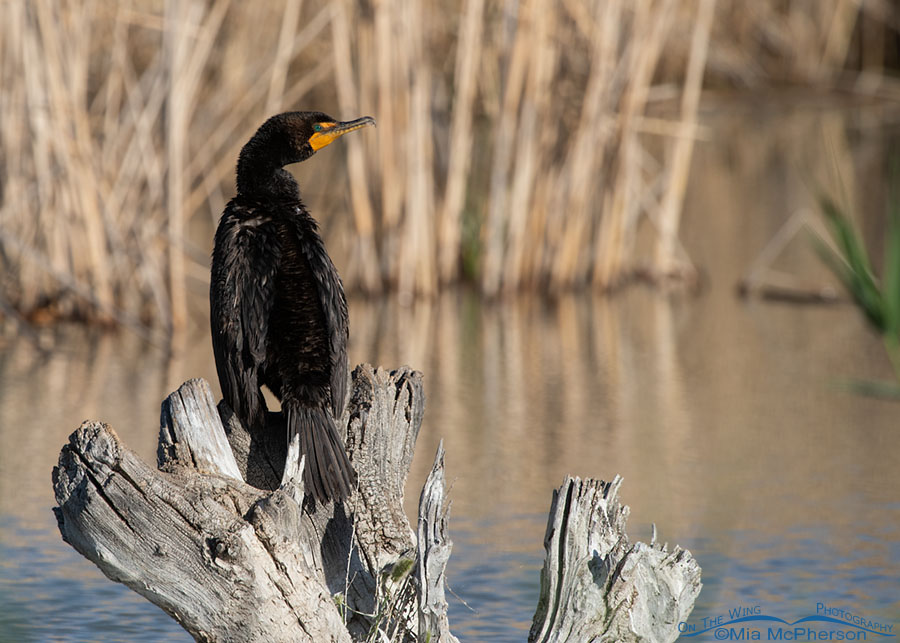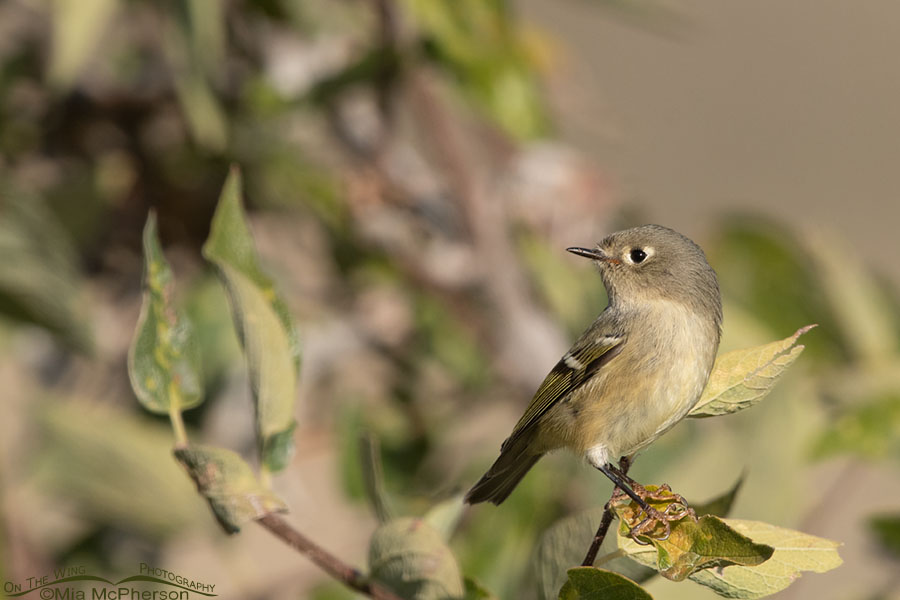Every summer around the end of June or early July the American Ornithological Society’s Committee on Classification and Nomenclature of North and Middle American Birds publishes a “Check-list Supplement” which outlines the changes made to common and scientific names, splits, and changes in the taxonomic structure of bird families.
I consider myself part birder but more bird photographer. I don’t keep life lists the way birders do but I do pay attention to both the common and scientific names of my photographic subjects in my brain and on my website. The 2021 AOS Supplement did mean that I had a bit of work to do on my site after I read that it had been published on the ABA website last night.
 Double-crested Cormorant adult in the wetlands of Bear River MBR – Nikon D810, f8, 1/1250, ISO 400, -1.0 EV, Nikkor 500mm VR with 1.4x TC, natural light
Double-crested Cormorant adult in the wetlands of Bear River MBR – Nikon D810, f8, 1/1250, ISO 400, -1.0 EV, Nikkor 500mm VR with 1.4x TC, natural light
Most cormorants in North America have been placed in one of two genera because the genus Phalacrocorax has been split. The scientific name for Double-crested Cormorants used to be Phalacrocorax auritus and now it is Nannopterum auritus.
 Winter Neotropic Cormorant close to home – Nikon D500, f7.1, 1/1250, ISO 500, Nikkor 500mm VR with 1.4x TC, natural light
Winter Neotropic Cormorant close to home – Nikon D500, f7.1, 1/1250, ISO 500, Nikkor 500mm VR with 1.4x TC, natural light
Neotropic Cormorants changed from Phalacrocorax brasilianus to Nannopterum brasilianum with the split.
Great Cormorants remain Phalacrocorax carbo however Brandt’s, Red-faced, and Pelagic Cormorants have split from Phalacrocorax and have changed to Urile. I don’t have photos of those species yet so if and when I photograph them their galleries will have to be created on my site with the proper scientific names.
Because of the changes in the AOS Supplement I edited to my Double-crested and Neotropic Cormorant gallery pages to include the new scientific names plus globally changed the tags for their scientific names on my site.
That didn’t take much time at all.
 Ruby-crowned Kinglet perched on a Netleaf Hackberry – Nikon D500, f7.1, 1/1250, ISO 500, Nikkor 500mm VR with 1.4x TC, natural light
Ruby-crowned Kinglet perched on a Netleaf Hackberry – Nikon D500, f7.1, 1/1250, ISO 500, Nikkor 500mm VR with 1.4x TC, natural light
Another change that affected my website is that Ruby-crowned Kinglets now have their own genus. Their scientific name was Regulus calendula and that has changed to Corthylio calendula. I made the changes to my gallery for these tiny birds last night too.
As for the major reshuffling of passerine families outlined in the 2021 AOS Supplement that won’t affect my site as of right now. Whew.
The bit of work I had to do to update my site and photo galleries with the changes made this year were minimal. From year to year that can change with the publication of the AOS Supplement.
Life is good.
Mia
Click here to see more of my bird photo galleries.


Thanks for educating us…..and, love that Kinglet photo! I hope you’re doing ok during the heatwave.
Just like teaching, renaming with new adaptation to the square wheel, sometimes making it more square rather than round.
I really admire (and appreciate) your attention to detail. Thank you.
So much to learn! Fun times ahead.
Wonderful insights into the.world I’ of birds.
Wonderful insights into the.world I’d birds. Love your photos and explanations.
I admire and appreciate your knowledge and attention to these details even if I know that emulating such practices is technologically and organizationally beyond my abilities. You go girl! and thanks.